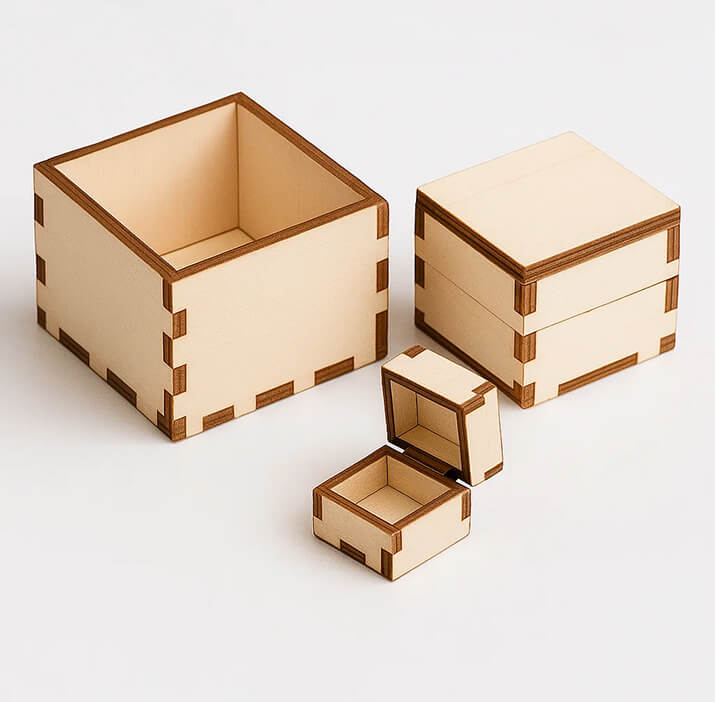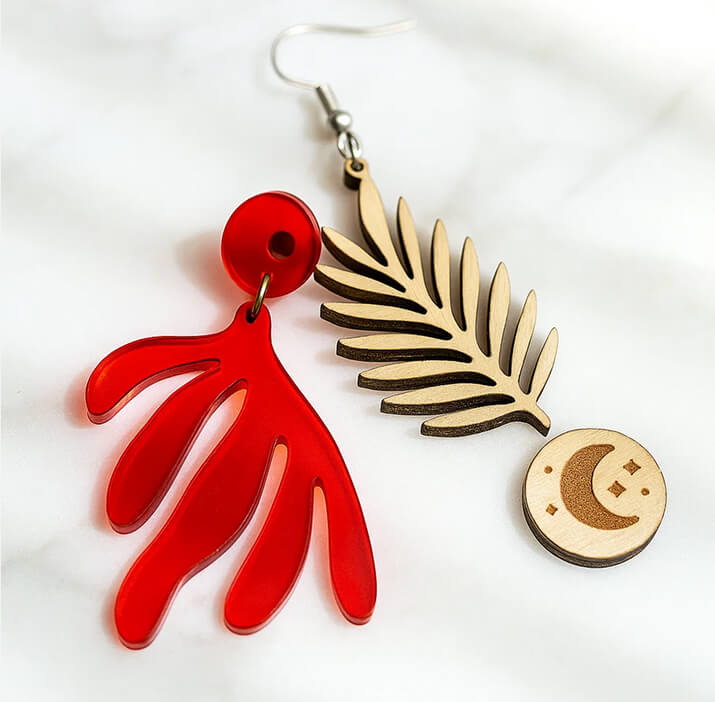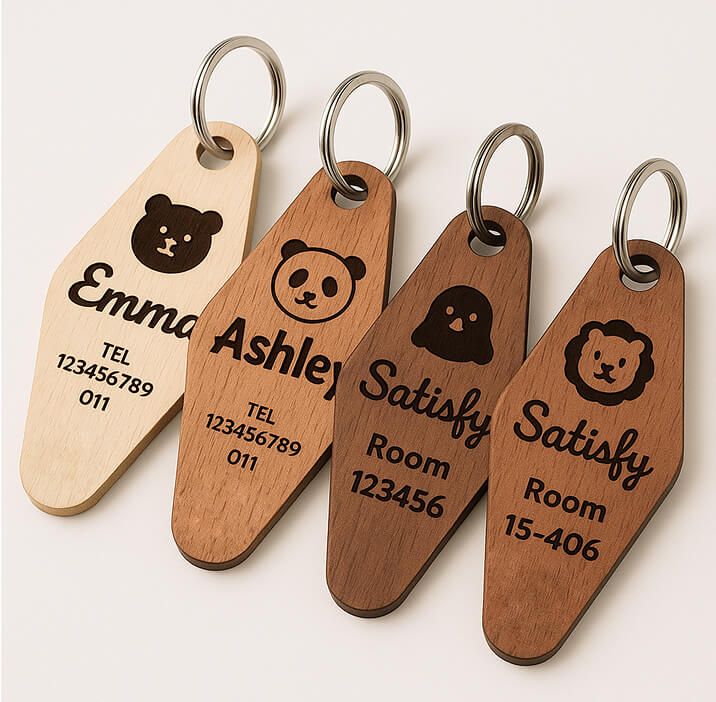![[Laser cut and engrave] Toy road sign for Matchbox Cars](https://image-res.xtool.com/resource/xtool/community/attachment/xtool-community/7e010aca-0262-4bb2-a9ea-690f683d7364?x-oss-process=image/resize,w_1200,h_900,limit_0/interlace,1/format,webp/auto-orient,1)
Toy road sign for Matchbox Cars

Information
Toy cars have long been a beloved pastime for children, providing endless hours of entertainment. As they pretend to navigate through bustling streets, the addition of toy road signs enhances their imaginative play, making their miniature world even more realistic and engaging.
Experiment with this project using your xTool laser to unlock endless possibilities for creativity and fun.
Instruction
Step1: Start with Simple shapes
As you probably noticed there are no simple shapes in the X tool creative software that look like Road. signs, so we can begin to create our sign with some simple shapes. I selected the U shape, an arrow, and a rectangle to start to build a sign that cautions drives of an approaching turn. We need to build a curved arrow.
To do this we will overlap and combine these simple shapes to create the curved arrow and then place on the sign.
Step2: Overlap
First let's overlap the rectangle with the U shape to subtract half of the shape. Luckily XCS helps with this task with the snap feature, which helps align two shapes. You can also use the arrow keys to fine tune your alignment.
With the rectangle covering half the U, select the “combine” tool then “subtract”
This will leave half of the U, which will be the lower half of our curve arrow.
Step3: Merge
Next we need to merge the arrow shape and the remaining half of the U. Simply line up the two. I had to adjust the size of the U so that it matched the thickness of the arrow. Make sure the two shapes are touching or are overlapped. Next use the “combine” tool and use “unite” to create one shape out of the two.
Step4: Add in the sign cutout
Next we want to start building the outline that will be the shape of the sign. I chose to use the square with rounded corners. I rotated the shape 45 degrees and placed the arrow inside.
Step5: Create boarder
many signs have a line around the boarder that is inset just an inch or so. to do this, we will use the outline tool to create the same shape but slightly larger. This results in a wide line that follows the shape of the sign. We now need to add one more outline which will be the true outer edge of the sign shape. You should have three total lines.
Step6: Create a single vector from the two inner lines
Next, let's make the two inner lines into a single vector by selecting both. I first thought the combine tool and Uniting the two would do the trick, but found that only merged the two into one large vector. If you use the subtract option of the combine tool, then the inner most shape will be subtracted leaving the area between the two shapes as the resulting vector. We can then change the processing method to engrave. You can see that the orange line is the result in the images above.
Step7: Scale and add post
next we simply need to add a rectangle for the post and scale the sign down to an appropriate size. I chose to go with 3 inches tall for the sign.
Step8: Create a base
Our last step is to crate a base for the sign to keep it standing. To do this I added another square with rounded corners and then added a rectangle in the center. I sized the rectangle to match the width and thickness of the sign post. with my materials the post is .2 inches wide by .125 inches thick.
Step9: Cut and Glue
In our final step, I simply applied the setting appropriate for my laser to cut out the design and engrave the arrow on the sign. I ran the job on the laser and used wood glue to join the base to the sign.
Be sure to follow all the safety guidelines for your laser and wear personal protective equipment while the laser is in operation.





